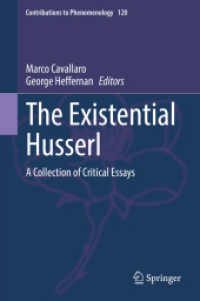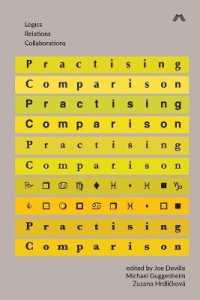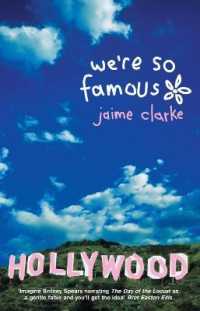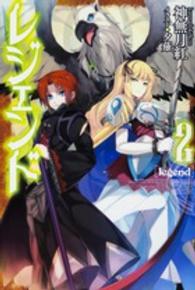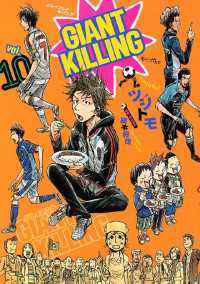基本説明
This anthology reproduces 300 hokku poems composed between the thirteenth and early eighteenth centuries, from the work of the courtier Nijô Yoshimoto to the genre's first "professional" master, Sōgi, and his subsequent disciples. It also features twenty masterpieces by Bashō himself.
Full Description
While the rise of the charmingly simple, brilliantly evocative haiku is often associated with the seventeenth-century Japanese poet Matsuo Basho, the form had already flourished for more than four hundred years before Basho even began to write. These early poems, known as hokku, are identical to haiku in syllable count and structure but function differently as a genre. Whereas each haiku is its own constellation of image and meaning, a hokku opens a series of linked, collaborative stanzas in a sequence called renga. Under the mastery of Basho, hokku first gained its modern independence. His talents contributed to the evolution of the style into the haiku beloved by so many poets around the world--Richard Wright, Jack Kerouac, and Billy Collins being notable devotees. Haiku Before Haiku presents 320 hokku composed between the thirteenth and early eighteenth centuries, from the poems of the courtier Nijo Yoshimoto to those of the genre's first "professional" master, Sogi, and his disciples. It features 20 masterpieces by Basho himself. Steven D. Carter introduces the history of haiku and its aesthetics, classifying these poems according to style and context.
His rich commentary and notes on composition and setting illuminate each work, and he provides brief biographies of the poets, the original Japanese text in romanized form, and earlier, classical poems to which some of the hokku allude.
Contents
Acknowledgments Introduction The Poems The Nun Abutsu Musho Zenna Reizei Tamesuke Muso Soseki Junkaku Gusai Nijo Yoshimoto Shua Soa Asayama Bonto Mitsuhiro Fushiminomiya Sadafusa Chiun Takayama Sozei Gyojo Noa Shinkei Senjun Sugiwara Soi Sogi Hino Tomiko Emperor Go-Tsuchimikado Ouchi Masahiro Inko Shohaku Sakurai Motosuke Socho Inawashiro Kensai Sanjonishi Sanetaka Soseki Reizei Tamekazu Tani Soboku Shukei Soyo Arakida Moritake Shokyu Ikkado Joa Sanjonishi Kin'eda Miyoshi Chokei Satomura Joha Satomura Shoshitsu Oka Kosetsu Hosokawa Yusai Satomura Genjo Matsudaira Ietada Shotaku Nishinoto'in Tokiyoshi Matsunaga Teitoku Wife of Mitsusada Miura Tamenori Nishiyama Soin Nojun Konishi Raizan Matsuo Basho Bibliography

